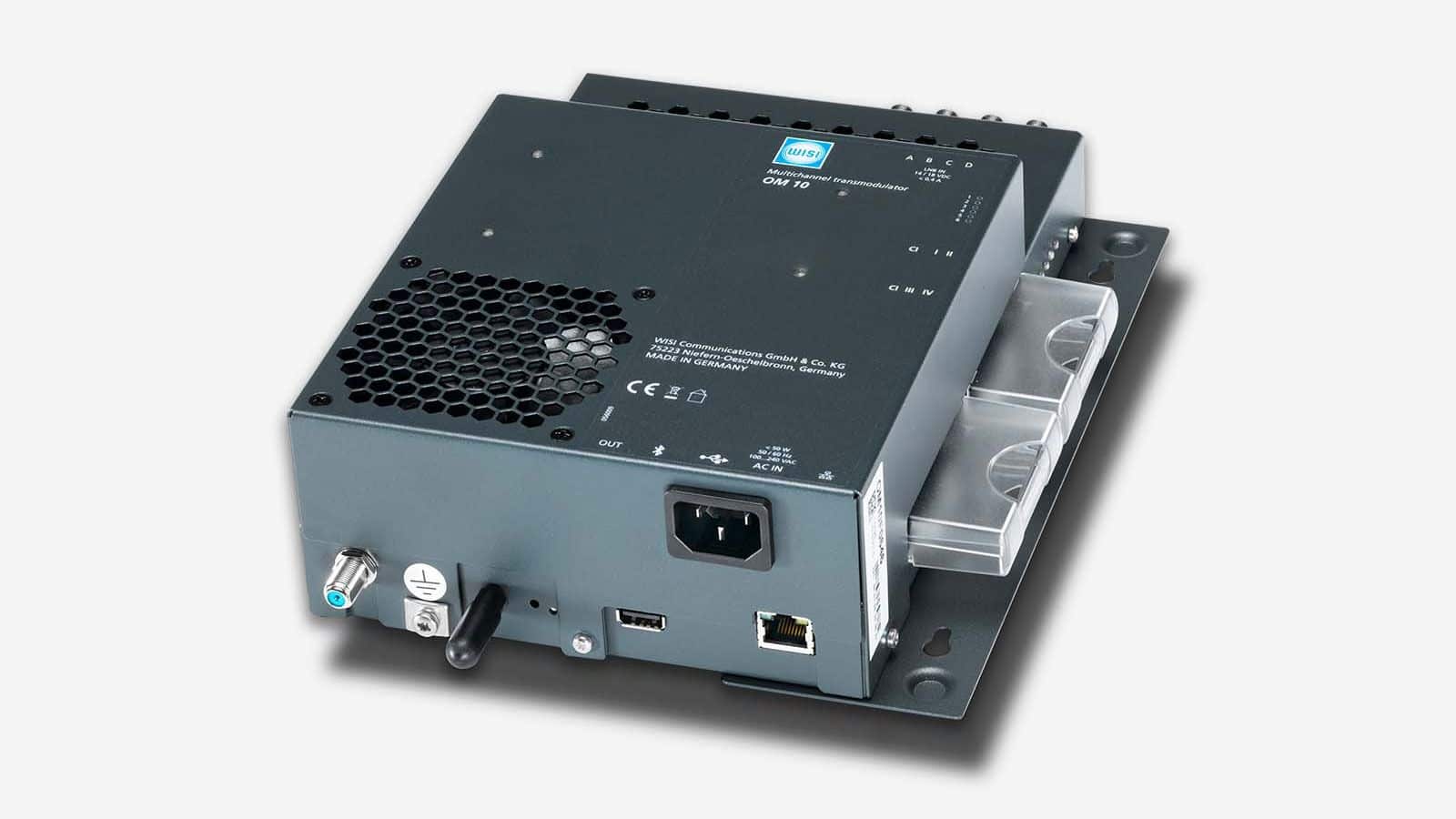
Micro Headend
Built for Hospitality
- Receive, decrypt, convert and play-out using one headend to save space and costs
- Smart multiplexing before the CI slots enables the decryption of Pay-TV with a less quantity for Smartcards and CAMs
- USB interface enables insertion of own video content
- OM Manager Android app available for smartphone and tablet access through Bluetooth
- Hotel Mode eliminates the need for TV’s to rescan channels after input modifications (OM10/OM11)
PID Remapping & Video Streaming
The static Service ID feature is unique in the compact headend segment and was up to now reserved for high priced professional headends. In the Hotel Mode of the micro headends, each service has one static Service ID at the output. These services will be stored by the TV set and are valid even if a different service is chosen at the input. Thanks to this, it is no longer a requirement to make a new scan at the TV sets.
Own video content such as a hotel presentation, information or advertisement channel can be fed in via the integrated USB interface or the web interface. These TS files will be uploaded into the internal storage of the headend and requires no external video sources or modulators. The video content is distributed parallel to the TV services and are visible as a regular service at the TV set.


Central Decryption & Multiplex Functionality
The micro headends are equipped with four CI slots for decrypting scrambled content. Depending on the pay TV provider, it is possible to decrypt several services per smartcard and to feed it as a free-to-air signal into the distribution network. By using the central decryption, it is no longer necessary to install one Smartcard and CAM in each TV.
The option of creating a multiplex before the CI slots allows the operator to combine scrambled services from different channels while decrypting these by only one smartcard. This enables operators to make a very efficient use of professional CAMs. In addition, the micro headends support the deletion of unwanted services from a channel and enable the reduction of output channels by using the output multiplex functionality.